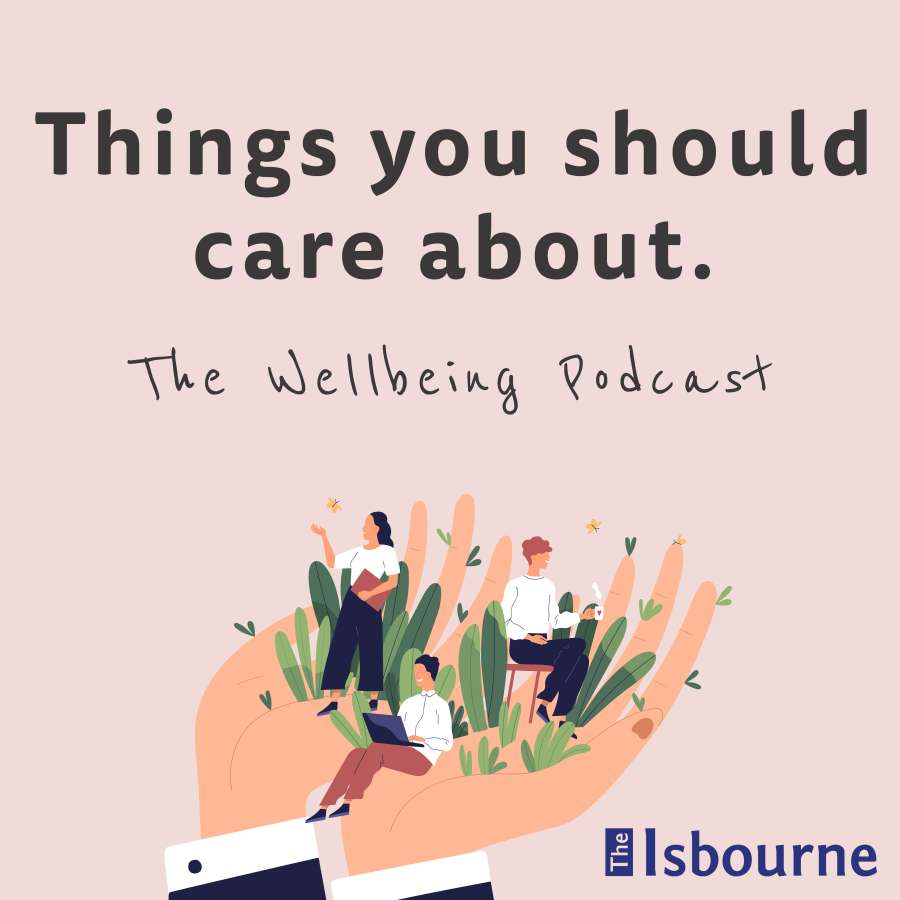What Is Every BODY Saying?
August 24th, 2017
What does the word haptics mean to you? What about physiognomy? What does it matter? Chances are that a good number of you feel that I am “showing off” by asking and that I’m hoping you don’t know the answer so that I appear intelligent. The truth is that’s not the case at all, but how would you know? Why has that misunderstanding arisen in the first place?
Maybe if I had had the opportunity to use haptics (the expression of meaning through touch) or you had been able to use physiognomy (the reading of my expression), along with the other variations of “body language” or non-verbal communication (NVC), you may have “heard” the question in a completely different way.
We all use our bodies and expressions to communicate with the world. Sometimes they support our speech, sometimes they convey whole messages in themselves, but do we really understand what every BODY is saying? If we are in doubt about the message we are hearing, which takes precedence – speech or actions? Are YOU prioritising the right one? Why is that so important?
Our ability to ‘read’ each other properly either limits or enhances our relationship with the world, whether we are communicating with our partners, family, friends, colleagues or complete strangers. Efficient use of body language eliminates unnecessary misunderstandings and enables us to feel the elation, sadness, passion, disgust and every other emotion portrayed by another, and allows them to do the same. A good deal of our ability to interpret body language is sub-conscious and, as with all natural skills, differs slightly between individuals, but we all ‘mirror’ each other. When you smile, so does your conversational partner; when they frown, so do you! Have you ever fought not to yawn, just because you saw someone else yawn? Some of you will be trying not to yawn now and you’ve only read the word – that’s how powerful it is!
Body language is an instinctive skill, but it can be taught and enhanced too. As a police officer, I was trained to read non-verbal communication, not only in order to spot “tells” that reveal a liar, but probably – more importantly – to spot the tell-tale signs of aggression, in order to practice some self-preservation. I found the whole subject so fascinating that it became a lifelong interest. The problem is, of course, that many people learn body language in order to influence us more than they normally could. Royalty, politicians, celebrities and the like are often trained to “perform” in every conversation or public appearance. They “act” in everyday life in order to portray certain messages, or indeed to hide others. Do you know what to look for when world leaders are trying to tell us something? Are they lying? Do they believe what they are saying themselves?
Sometimes our managers, colleagues, friends and family may be playing power games with us. The world is competitive and some will try to influence our behaviour in order to stay one step ahead. What signals could you look for to see when someone is less than sincere? Are they powerful or are they actually defensive due to their fear of you? When someone does employ “powerplay” tactics in their handshake or seating position, what can you do to counter their behaviour and regain balance?
Body language is easy to learn, fun to practice and can enhance your understanding of the world and others of you. What could you do with enhanced communication skills?
Andy Workman will be sharing his body language insights for free at The Isbourne Wellbeing Festival on 2nd September. See www.andyworkman.co.uk or www.isbourne.org for more details.


